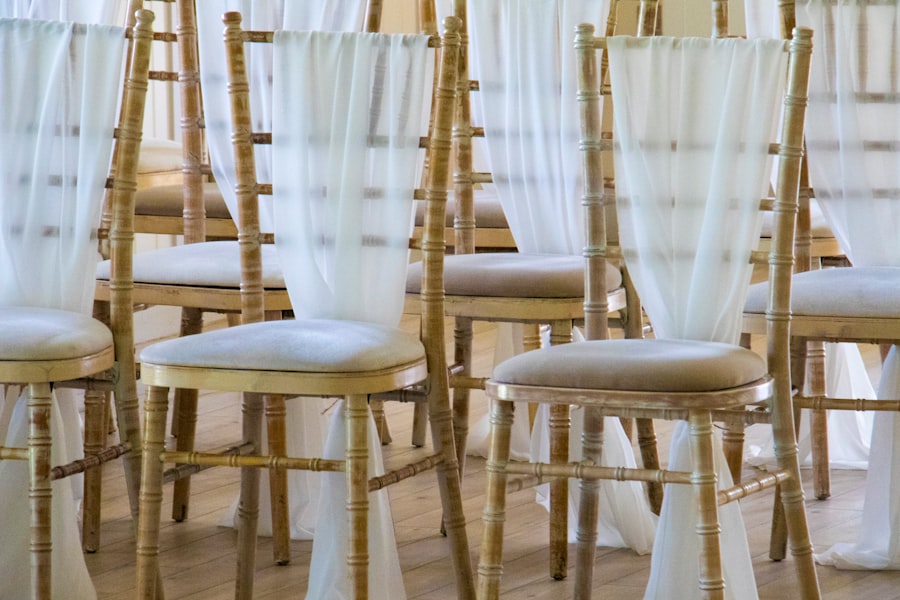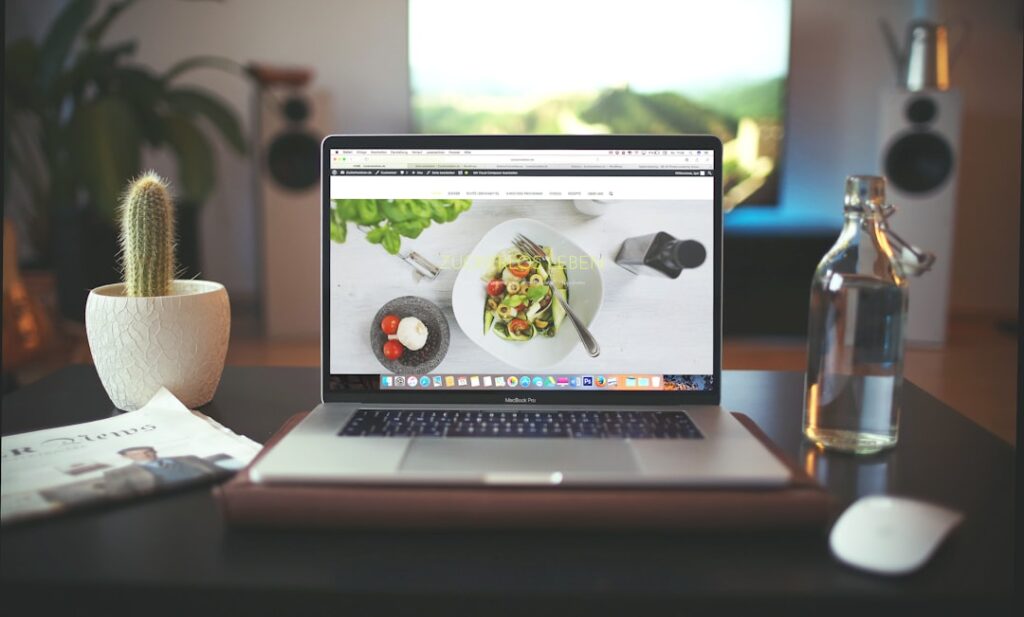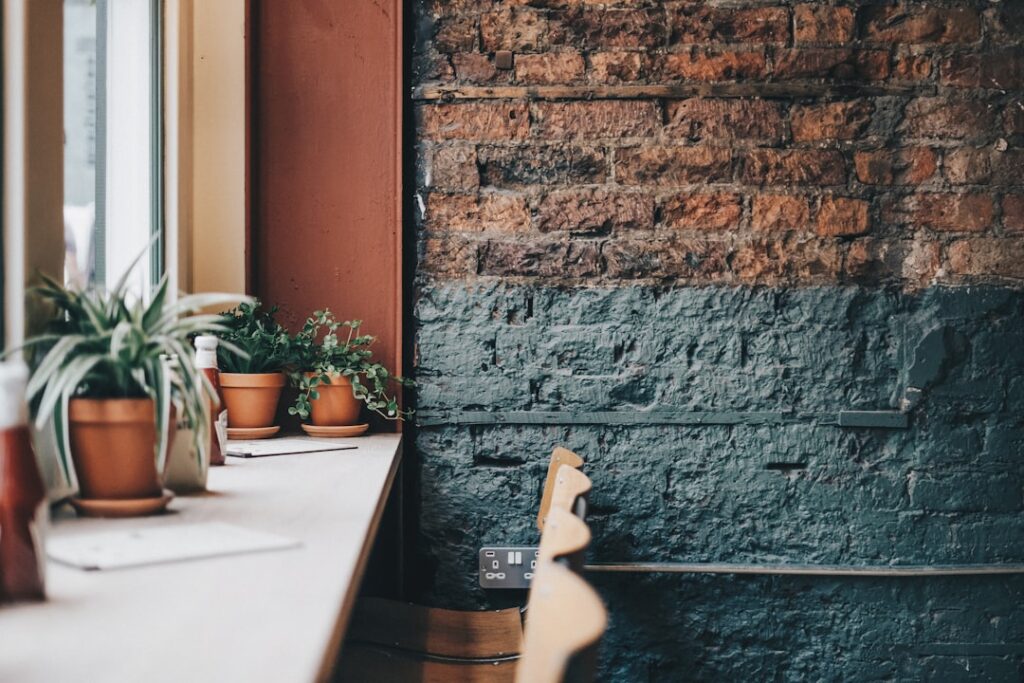The significance of office interior design extends far beyond mere aesthetics; it plays a crucial role in shaping the overall work environment and influencing employee productivity, morale, and well-being. A thoughtfully designed office can enhance communication among team members, foster creativity, and promote a sense of belonging. Research has shown that employees who work in well-designed spaces report higher job satisfaction and are more likely to stay with their employers.
This correlation between design and employee retention underscores the necessity for organizations to invest in their physical workspaces. Moreover, the layout and design of an office can significantly impact how tasks are performed. For instance, an open-plan office may encourage collaboration and spontaneous interactions, while a more traditional cubicle setup might provide employees with the privacy they need to focus on individual tasks.
The choice of furniture, color schemes, and spatial arrangements can either facilitate or hinder workflow. Therefore, understanding the importance of office interior design is essential for creating an environment that aligns with the company’s goals and enhances employee performance.
Key Takeaways
- Office interior design plays a crucial role in creating a positive and productive work environment.
- Brand identity should be reflected in the office interiors to create a cohesive and consistent image.
- Natural light and biophilic design elements can improve employee well-being and productivity.
- Collaborative and functional workspaces are essential for fostering teamwork and efficiency.
- Technology and flexibility should be integrated into office design to adapt to changing work needs.
Incorporating Brand Identity into Office Interiors
Design Elements that Reflect the Brand’s Ethos
This can be achieved through various design elements, such as color palettes, materials, and artwork that reflect the brand’s ethos. For example, a tech startup might opt for sleek, modern furniture and vibrant colors to convey innovation and creativity, while a law firm may choose classic furnishings and a more subdued color scheme to project professionalism and trustworthiness.
Telling the Company’s Story through Design
Incorporating brand identity also involves creating spaces that tell the company’s story. This could include displaying the company’s history through visual timelines or showcasing products in a way that highlights their unique features. Additionally, using branded signage throughout the office can serve as constant reminders of the company’s mission and values.
Creating a Lasting Impression
By embedding brand identity into the physical workspace, organizations can create an environment that not only inspires employees but also leaves a lasting impression on visitors.
Utilizing Natural Light and Biophilic Design

Natural light is a vital component of effective office design, as it has been shown to improve mood, energy levels, and overall well-being. Offices that maximize natural light can reduce reliance on artificial lighting, which can lead to lower energy costs and a more sustainable work environment. Large windows, skylights, and open layouts that allow light to flow freely throughout the space are effective strategies for enhancing natural illumination.
Furthermore, positioning workstations near windows can provide employees with views of the outdoors, which has been linked to increased productivity and reduced stress. Biophilic design takes this concept a step further by incorporating elements of nature into the workspace. This approach recognizes the innate human connection to nature and seeks to create environments that reflect this relationship.
Incorporating plants, natural materials, and water features can enhance air quality and create a calming atmosphere. For instance, living walls filled with greenery not only serve as stunning focal points but also contribute to improved acoustics and air purification. By embracing biophilic design principles, organizations can create healthier workspaces that promote well-being and foster creativity.
Creating Collaborative and Functional Workspaces
The modern workplace increasingly emphasizes collaboration as a key driver of innovation and productivity. Designing spaces that facilitate teamwork is essential for fostering a culture of collaboration among employees. This can be achieved through the creation of open areas equipped with comfortable seating arrangements, whiteboards, and technology that supports group work.
For example, huddle rooms or breakout spaces can provide teams with informal settings to brainstorm ideas or engage in discussions without the constraints of traditional meeting rooms. However, while collaboration is important, it is equally crucial to balance it with areas that allow for focused work. Employees often require quiet spaces where they can concentrate on individual tasks without distractions.
A well-designed office should incorporate a variety of workspaces that cater to different needs—ranging from collaborative zones to private booths or soundproof rooms. By providing diverse environments within the office, organizations can support various working styles and enhance overall productivity.
Incorporating Technology and Flexibility in Office Design
In today’s fast-paced business landscape, technology plays an integral role in shaping office design. The integration of advanced technology not only streamlines operations but also enhances employee experiences. Smart office solutions—such as adjustable lighting systems, temperature controls, and integrated audiovisual equipment—can create a more comfortable and efficient work environment.
Additionally, incorporating wireless charging stations and high-speed internet access throughout the office ensures that employees remain connected and productive. Flexibility is another critical aspect of modern office design. As work patterns evolve—especially with the rise of remote work—offices must adapt to accommodate various needs.
Modular furniture that can be easily reconfigured allows organizations to create dynamic spaces that can be tailored for different activities or team sizes. For instance, movable partitions can transform an open area into smaller meeting rooms or collaborative zones as needed. By prioritizing technology and flexibility in office design, companies can create adaptable environments that respond to changing demands.
Using Color Psychology to Create a Positive Work Environment

Introduction to Color Psychology in the Workplace
Color psychology plays a significant role in influencing mood and behavior within the workplace. Different colors evoke distinct emotional responses; therefore, selecting the right color palette for an office can enhance employee well-being and productivity. For example, blue hues are often associated with calmness and focus, making them ideal for areas where concentration is essential.
Strategic Color Placement for Collaboration and Focus
In contrast, warmer colors like yellow or orange can stimulate creativity and energy, making them suitable for collaborative spaces. Incorporating color strategically throughout the office can also help delineate different areas or functions within the workspace. For instance, using vibrant colors in break rooms or lounge areas can encourage relaxation and social interaction among employees.
Neutral Tones for Productivity
Conversely, neutral tones in individual workspaces can promote focus without overwhelming distractions. By understanding the psychological effects of color, organizations can create environments that not only look appealing but also support positive employee experiences.
Creating a Supportive Work Environment
By carefully considering the psychological effects of color, organizations can design offices that promote employee well-being, productivity, and job satisfaction. This can lead to a more positive and supportive work environment, which is essential for the success and growth of any organization.
Incorporating Sustainable and Eco-Friendly Design Elements
Sustainability has become a paramount concern in contemporary office design as organizations strive to minimize their environmental impact. Incorporating eco-friendly design elements not only benefits the planet but also enhances corporate reputation and attracts environmentally conscious clients and employees. Sustainable practices can begin with selecting materials that are sourced responsibly—such as reclaimed wood or recycled metals—and using low-VOC paints to improve indoor air quality.
Energy-efficient systems are another critical component of sustainable office design. Implementing smart lighting solutions that adjust based on occupancy or natural light levels can significantly reduce energy consumption. Additionally, incorporating green roofs or solar panels can further enhance sustainability efforts while providing long-term cost savings.
By prioritizing eco-friendly design elements, companies demonstrate their commitment to environmental stewardship while creating healthier workplaces for their employees.
Incorporating Art and Personalization in Office Interiors
Art plays a vital role in enriching office interiors by adding character and fostering creativity among employees. Thoughtfully curated artwork can inspire innovation while also reflecting the company’s culture and values. For instance, displaying local artists’ works not only supports the community but also creates a unique atmosphere that resonates with employees and visitors alike.
Art installations can serve as conversation starters or focal points within common areas, enhancing the overall aesthetic appeal of the workspace. Personalization is another essential aspect of creating an engaging office environment. Allowing employees to personalize their workspaces with personal items—such as photographs or mementos—can foster
When designing office interiors, it is important to consider smart interior design concepts that can enhance productivity and creativity in the workplace. One related article that provides valuable insights on this topic is “Smart Interior Design”. This article discusses how incorporating elements such as natural light, ergonomic furniture, and flexible workspaces can create a more efficient and inspiring work environment. Additionally, revamping your workspace with stylish office furniture, as suggested in this article, can also play a significant role in improving the overall aesthetic and functionality of the office.
FAQs
What is the importance of designing office interiors?
Designing office interiors is important as it can impact employee productivity, morale, and well-being. A well-designed office space can also create a positive impression on clients and visitors.
What are some key factors to consider when designing office interiors?
Key factors to consider when designing office interiors include the layout of the space, lighting, color scheme, furniture selection, and incorporating elements that promote collaboration and communication among employees.
How can office interiors be designed to promote employee well-being?
Office interiors can be designed to promote employee well-being by incorporating ergonomic furniture, natural lighting, indoor plants, and creating designated spaces for relaxation and socialization.
What are some popular trends in office interior design?
Some popular trends in office interior design include open floor plans, flexible workspaces, biophilic design (incorporating nature into the workspace), and the use of sustainable materials.
How can office interiors be designed to reflect a company’s brand and culture?
Office interiors can be designed to reflect a company’s brand and culture by incorporating the company’s colors, logo, and values into the design. This can be done through the use of branded signage, artwork, and custom furniture.


